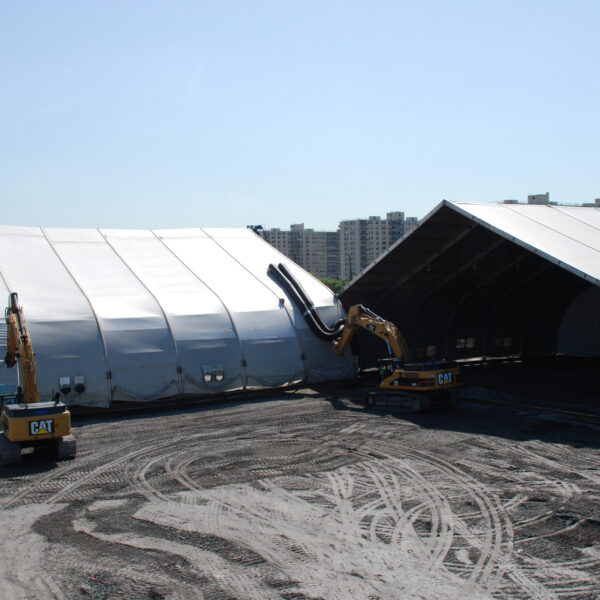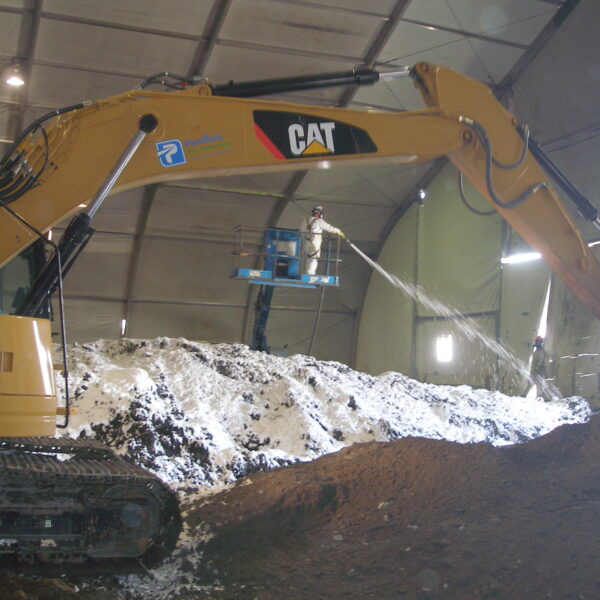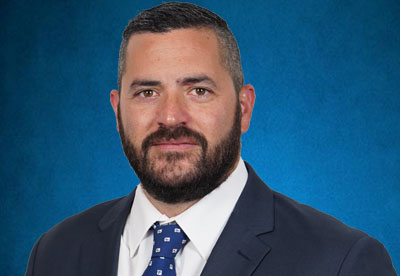Rockaway Remediation Former MGP Site Remediation
Location:
Rockaway, NY
Client:
National Grid
Contract Value:
Project Dates:
2008 - 2011
- Excavation, trucking & disposal of 104,000 CY of contaminated soil
- DNAPL Barriers- 320 LF long x 120 LF deep
- Temporary steel sheet piling-222,600 SF
- Dewatering and water treatment
- Temporary enclosure and air handling
- Thermal desorption and recycling of petroleum contaminated soil
- Jet Grout spoils management
PROJECT OVERVIEW
The project consisted of the excavation, trucking, and disposal of roughly 104,000 CY of contaminated soil at a former MGP (Manufactured Gas Plant) site. The average depth of excavation was 8 ft below grade or to the groundwater table. All excavations were performed inside of a negative pressure enclosure. A DNAPL barrier was installed along the north perimeter of the property. Ranging in depth of 50 to 120 ft. below grade, the barrier mainly consisted of designed sheet piles with oversized interlocks. For depths 60 – 120 ft below grade, a jet grout wall was installed. Once the excavation was completed, a site wide cap of sand and gravel was placed over the 9.7-acre site.
WHAT MADE THIS JOB COMPLEX
High winds were encountered at the site making use of the crane to move the tent challenging. The project as designed required 24 tent moves in support of excavation. In addition, the community was resistant to the project and Posillico worked with the owner and community to ensure smooth operations while addressing all community concerns.
HOW POSILLICO SOLVED IT
Posillico designed and implemented the use of temporary sheet piles as excavation support that would be installed around the perimeter of the tent. The use of sheet piles for excavation protection reduced the number of tent moves from 24 to 14. Posillico designed and installed a steel base frame for the tent to sit on. This eliminated the need to use a crane to move the tent and enabled it to be relocated by using a combination of pay loaders and backhoes. Therefore, the constant high winds were no longer an issue at the site, which allowed more flexibility for scheduling the tent relocation.
Posillico was able to work with the client to resolve issues relating to the max GW for trucks leaving the site, community resistance to the project, and short comings in the original design so that the project stayed on track for its accelerated completion.



